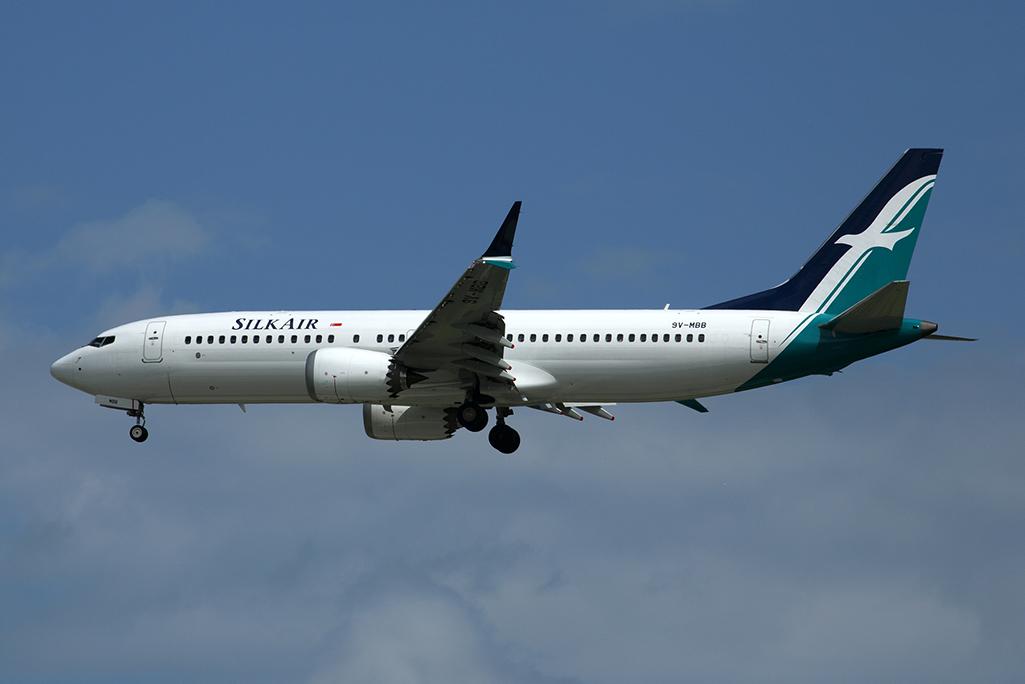
Credit: Rob Finlayson
SINGAPORE—Nine months after the resumption of Boeing 737 MAX operations in North America, the Civil Aviation Authority of Singapore (CAAS) lifted its grounding of the aircraft on Sept. 6. The island state was among the first countries in the world to implement a stringent ban on the type on March 12...
Subscription Required
This content requires a subscription to one of the Aviation Week Intelligence Network (AWIN) bundles.
Schedule a demo today to find out how you can access this content and similar content related to your area of the global aviation industry.
Already an AWIN subscriber? Login
Did you know? Aviation Week has won top honors multiple times in the Jesse H. Neal National Business Journalism Awards, the business-to-business media equivalent of the Pulitzer Prizes.





